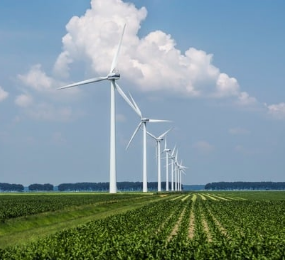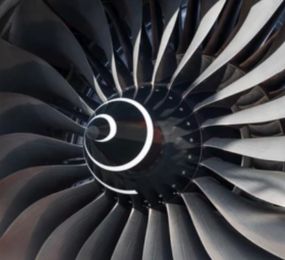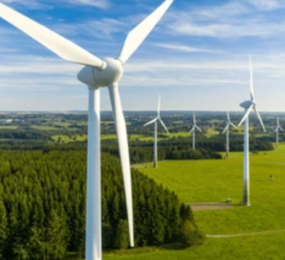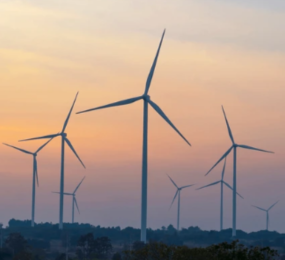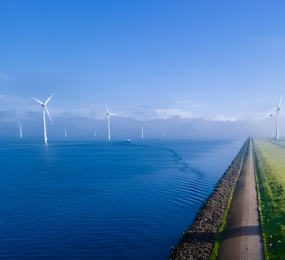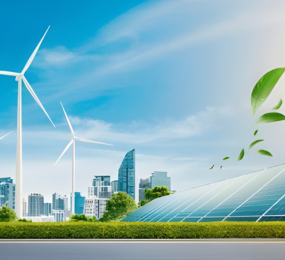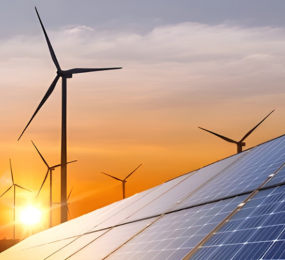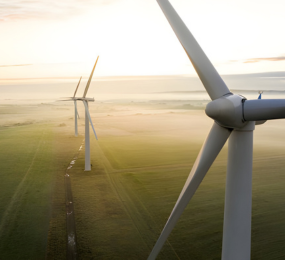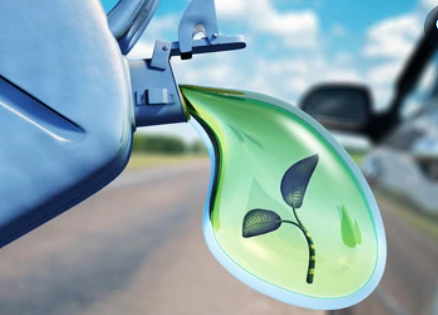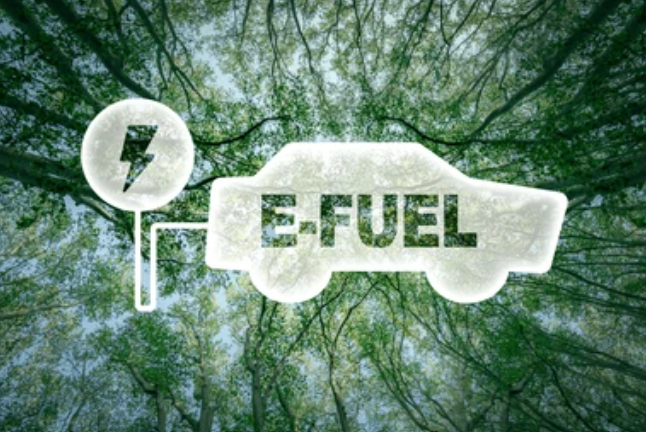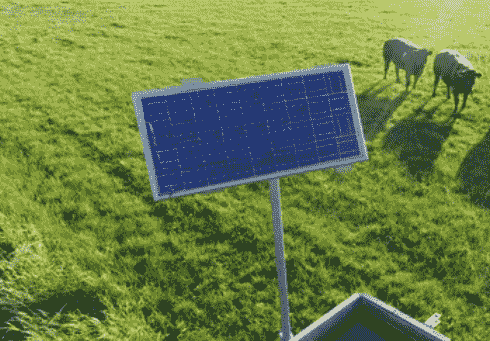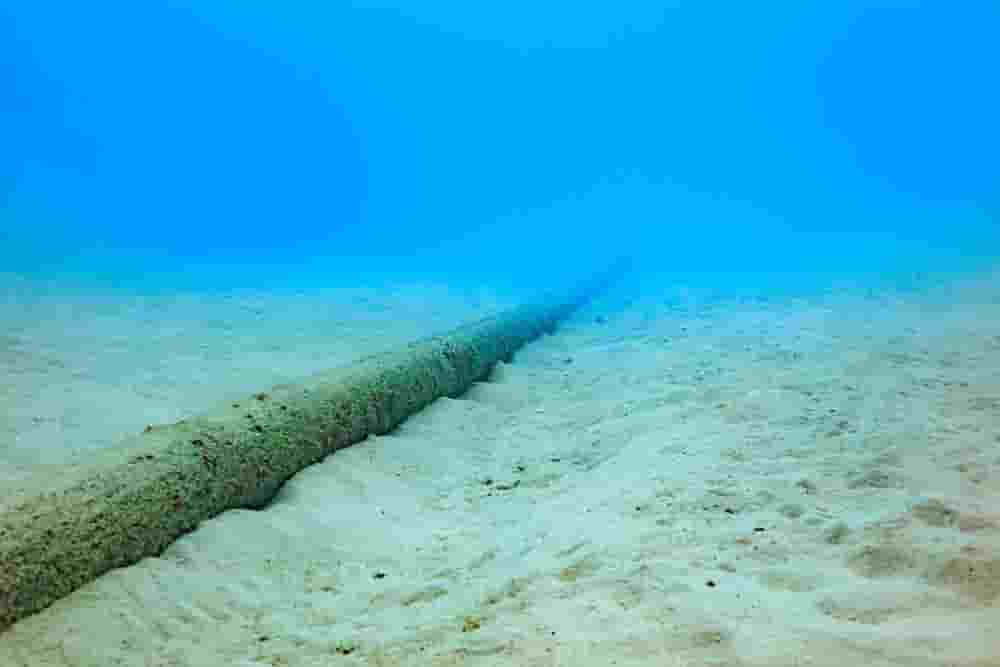Wind Turbine Blade Materials & Recycling: A New Chapter in Sustainable Energy
Wind energy has long stood as a beacon of clean power in our global transition away from fossil fuels. Yet, as the industry matures, a new environmental question is coming into focus: what happens to wind turbine blades at the end of their life cycle?
Unlike other turbine components that are made from recyclable metals, the blades present a unique challenge. They are typically crafted from composite materials—such as fiberglass, carbon fiber, and epoxy resins—engineered to withstand decades of harsh weather and extreme stress. This durability, while essential for power generation, makes blades incredibly difficult to break down or repurpose when their job is done.
Currently, many blades are either landfilled or incinerated. Though they pose no immediate chemical threat, the sheer volume and size of retired blades is increasingly unsustainable. With the global push to expand wind energy—especially offshore—the industry now faces an urgent need to close the loop.
Fortunately, the wind sector is not standing still. Manufacturers and researchers alike are innovating ways to solve this problem before it becomes unmanageable. Some are turning to thermoplastic resins, which can be heated and reshaped, allowing for easier recycling. Others are experimenting with bio-based materials derived from natural sources like flax, hemp, or vegetable oils—materials that promise both strength and biodegradability
On the recycling front, several strategies are showing promise. Mechanical recycling involves shredding blades into filler material used in concrete or asphalt. Thermal and chemical processes aim to break down composite materials into their reusable elements. Meanwhile, repurposing is also gaining traction—some retired blades are being transformed into structural supports, pedestrian bridges, or even furniture.
But beyond materials and methods, the key to real change lies in design thinking. Blade producers are now integrating circular economy principles from the outset, ensuring that recyclability is considered at every stage of development—not just at the end.
Conclusion
As wind power continues to surge globally, it’s critical that the technology behind it keeps pace with environmental responsibility. By reimagining how we build, use, and retire wind turbine blades, the industry can reinforce its position as a leader in sustainable innovation. The journey to fully recyclable turbines is not without hurdles, but with collective commitment and smart design, wind energy can become not just clean—but truly circular.
Takeaway Points:
1. Wind turbine blades, made from tough composite materials, are currently difficult to recycle.
2. New materials like thermoplastics and bio-resins are being explored to improve recyclability.
3. Mechanical, thermal, and chemical recycling methods are in development and testing phases.
4. Repurposing retired blades is becoming a creative and viable interim solution.
5. The future lies in designing blades with end-of-life solutions built in from the beginning.
Learn more on our website: https://www.leadventgrp.com/event/3rd-annual-wind-blade-materials-and-recycling-forum/register
For more information and group participation, contact us: [email protected] .
Leadvent Group - Industry Leading Events for Business Leaders!
www.leadventgrp.com | [email protected]




